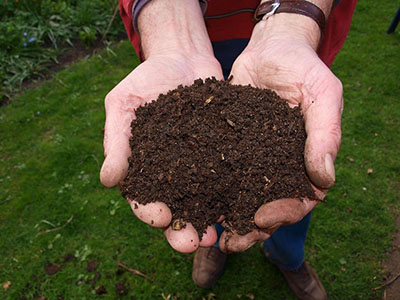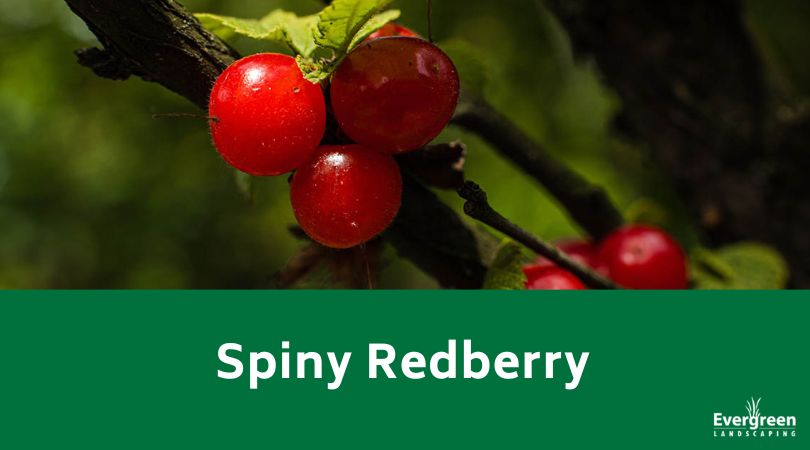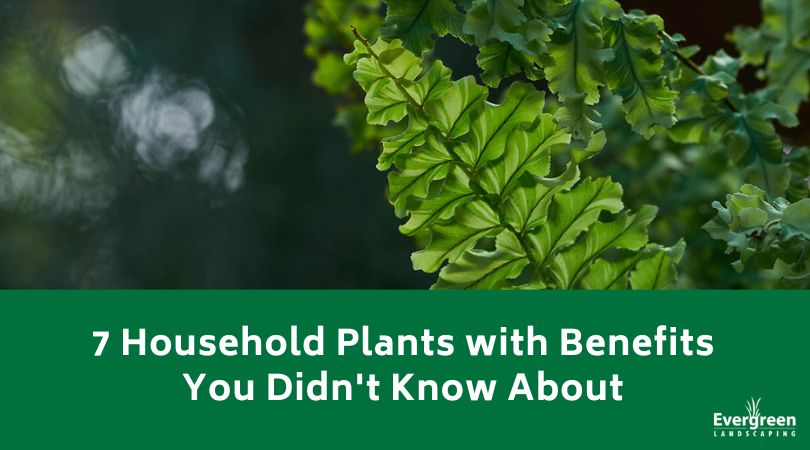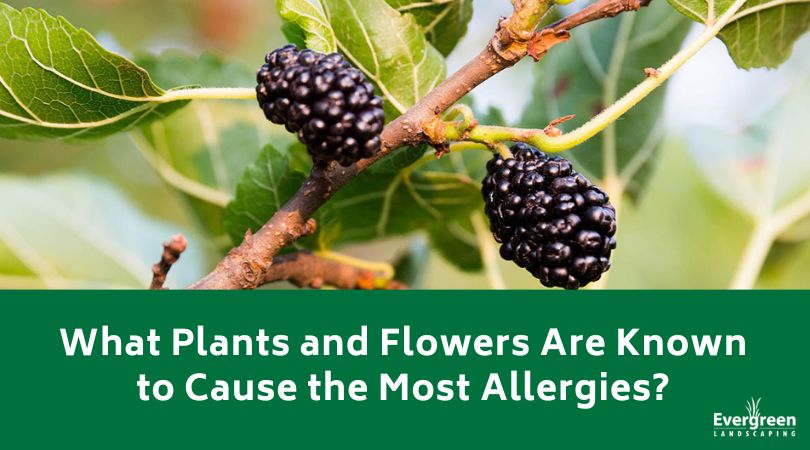Fall in Love with Your Garden
Summer sure felt like one never-ending heat wave, didn’t it? There were times when it just felt like it was going to be summer forever and the heat would never go away — maybe that works for some people who live in hotter climates, but autumn is a welcome reprieve from summer.
Unfortunately, the arrival of fall means that your garden that you so lovingly cared for in the spring and summer is no longer blooming in all its colorful glory. It’s the nature of having a garden, we all know that.
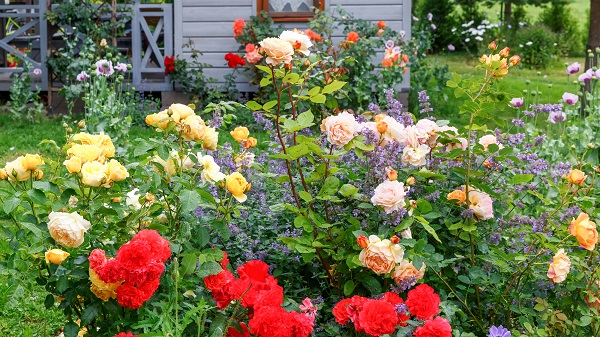
However, it doesn’t mean that you need to leave it as is to languish through the cold months. There are things you can do to prep it for winter, set yourself up for a bountiful spring, and leave it looking lovely even though nothing is blooming or growing.
- Give the leaves you just raked up a new purpose and add them to your compost pile. You can also donate them to your community’s compost pile if you don’t personally have a compost pile. (But if you want to take the opportunity to get one started, check this out for great steps to get started.)
- Prune your perennials. Instead of pruning all the way to the ground, leave an inch or two poking above the ground so you remember where they are in the spring. That will help you plan what you want to plant next year and where. If you have flowers like black-eyed Susans or coneflowers and their seedheads are still in good shape, you should keep them untrimmed for the time being so you can have some interesting things to look at — just prune them before spring comes and new growth starts to come in.
- Remove your spent annuals. Add the dead plants to your compost pile once the first frost blackens them, but if they suffered from any disease throw them in your regular trash because if a diseased plant is composted, it will affect the entire pile and therefore the future of your garden.
- Buy tree guards for your saplings. Animals like mice and rabbits love sapling bark and may use the colder months to help themselves before they have to go into hibernation. Get your saplings wrapped up and protected.
- Add perennials that thrive in the fall months! Autumn doesn’t mean your garden has to look brown and dull until next spring. Add perennials like chrysanthemums, asters, goldenrod, and quite a few others to add color to your garden.
- If you have a section for vegetables you grew, now is a good time to clean the bed they grew in. Harvest absolutely all that you can, then completely remove all the foliage and rake to prevent the debris and insects from infecting the ground over the winter and ruining your crop next year.
As you can see, the arrival of autumn and the approaching winter months doesn’t have to mean the end of a colorful spring and summer garden. You can add color while also prepping your garden for a bountiful spring next year.
If you need help with your garden, contact Evergreen Landscaping today.

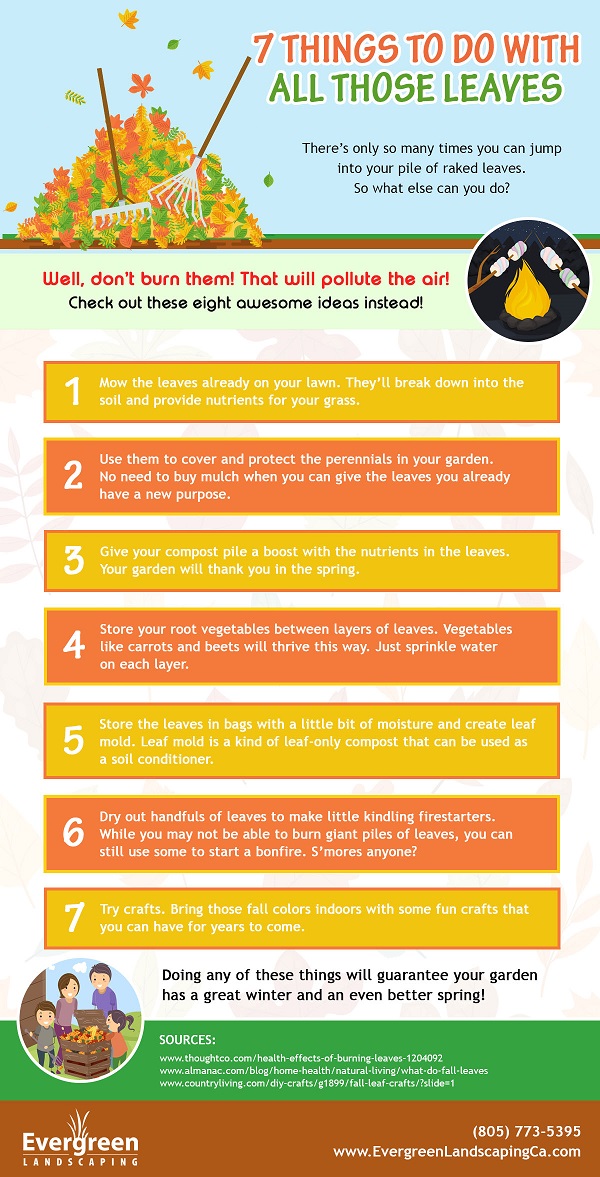

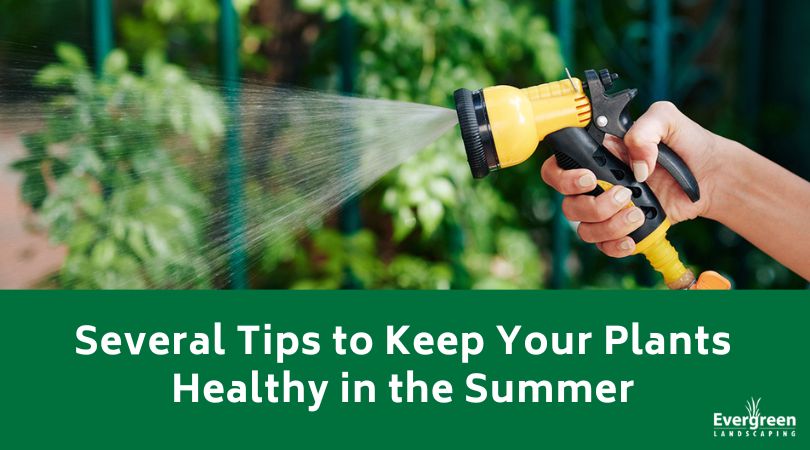
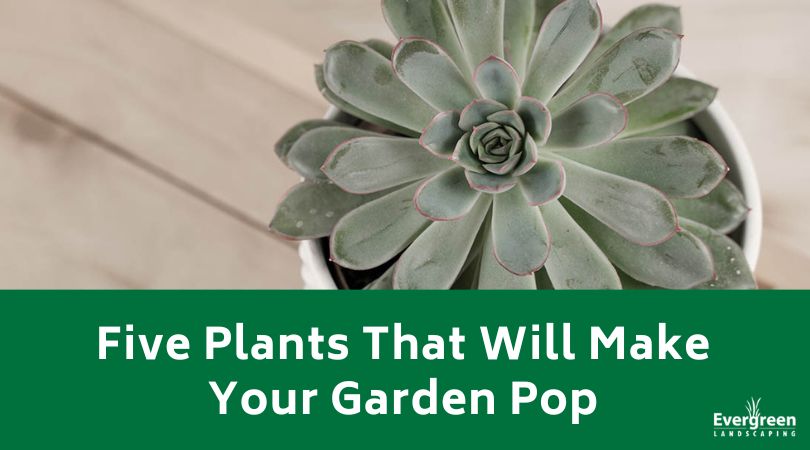
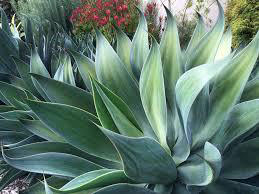
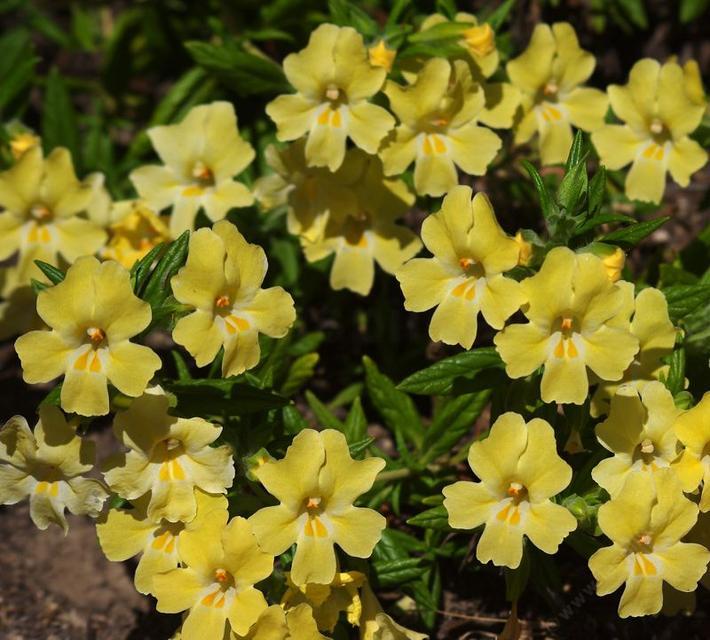 Just saying the name of it brings a smile! The flower is so named because it appears as though it’s a monkey grinning on the petals. This shrub can grow up to four feet tall and can prosper in a variety of soils. It prefers partial shade and a bit more moisture than some plants. The flowers are friends to pollinators. Both bees and hummingbirds are attracted to the California Monkey flowers and provide just one more point of interest for your garden.
Just saying the name of it brings a smile! The flower is so named because it appears as though it’s a monkey grinning on the petals. This shrub can grow up to four feet tall and can prosper in a variety of soils. It prefers partial shade and a bit more moisture than some plants. The flowers are friends to pollinators. Both bees and hummingbirds are attracted to the California Monkey flowers and provide just one more point of interest for your garden.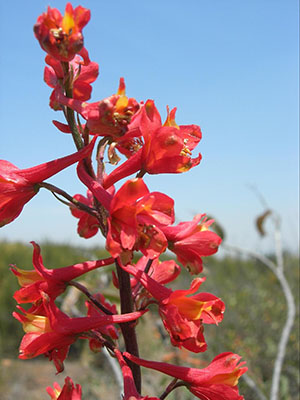 A wildflower native to California, the Delphinium Cardinale or as it is more commonly knows as, the scarlet or cardinal larkspur, can grow up to six feet high! Between their height and the red flowers, these will surely be a standout in the garden. They will grow in either full or partial shade and prefer rocky or sandy soil. Delphinium Cardinale will add activity to your garden, since they attract hummingbirds.
A wildflower native to California, the Delphinium Cardinale or as it is more commonly knows as, the scarlet or cardinal larkspur, can grow up to six feet high! Between their height and the red flowers, these will surely be a standout in the garden. They will grow in either full or partial shade and prefer rocky or sandy soil. Delphinium Cardinale will add activity to your garden, since they attract hummingbirds. Echeverias is a textural gem with its rosette design that draws the eye. With its fleshy blue-green flesh and edged in scarlet, Echeverias seem otherworldly and gives the garden a contrast between the textures of deciduous plants and succulents. Echeverias, like the Agave Blue Glow will work well with different colors in the garden. It can serve as a host plant for butterflies, can exist in a variety of different garden locals, and is low-maintenance.
Echeverias is a textural gem with its rosette design that draws the eye. With its fleshy blue-green flesh and edged in scarlet, Echeverias seem otherworldly and gives the garden a contrast between the textures of deciduous plants and succulents. Echeverias, like the Agave Blue Glow will work well with different colors in the garden. It can serve as a host plant for butterflies, can exist in a variety of different garden locals, and is low-maintenance.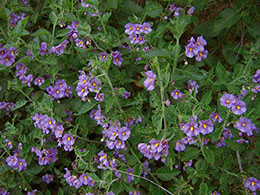 This perennial will not only catch your eye with clusters of purplish-blue flowers and hairy stems but your nose with its sweet fragrance. A plant native to the Central Coast, Hoffman’s Nightshade is extremely versatile since it can be grown in a variety of soils and can handle full or partial sunlight. One caveat, it can be poisonous to humans and some animals so this may be a consideration.
This perennial will not only catch your eye with clusters of purplish-blue flowers and hairy stems but your nose with its sweet fragrance. A plant native to the Central Coast, Hoffman’s Nightshade is extremely versatile since it can be grown in a variety of soils and can handle full or partial sunlight. One caveat, it can be poisonous to humans and some animals so this may be a consideration.
